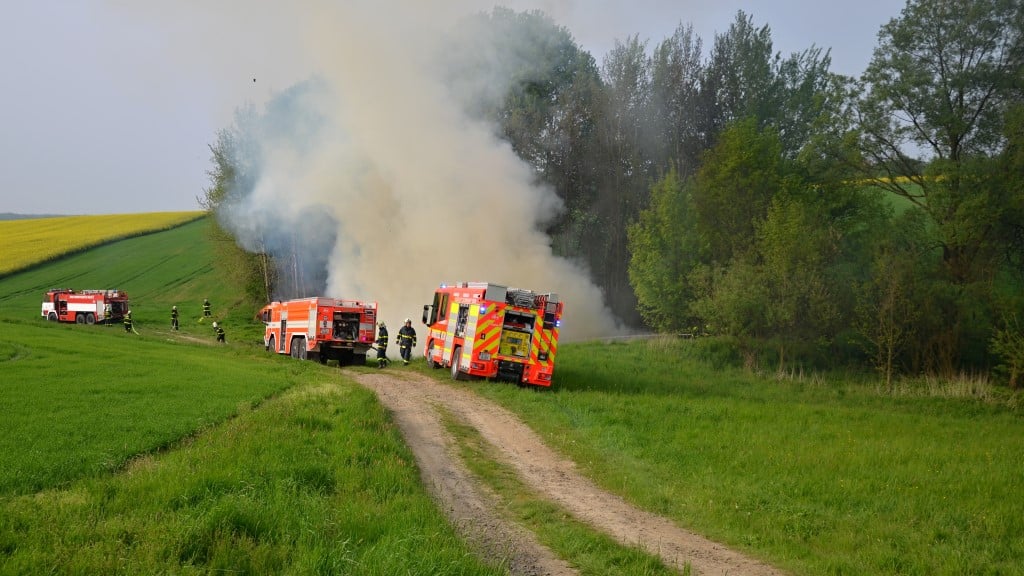The importance of careful hay baling to prevent fire risks
- November 24, 2023
- 12:38 pm


Iain Hoey
Share this content
The challenge of hay baling in current conditions
Fire and Emergency New Zealand has issued an important reminder for those involved in hay baling this season.
Tim Mitchell, the National Wildfire Manager, highlighted the current challenging conditions for hay making, largely due to frequent rain and overcast conditions.
These weather patterns are making it difficult to achieve the necessary drying between cutting and baling of hay.
The moisture content of hay is a critical factor in fire risk, as wet hay is more likely to lead to spontaneous combustion compared to dry hay.
The risks of moist hay and fire prevention tips
When hay is baled with too much moisture, there’s a heightened risk of the haystack spontaneously combusting.
This is particularly concerning in areas that may face drought conditions, where losing precious feed could be disastrous.
Hay that is baled at less than 15% moisture carries a very low risk of fire, but as the moisture level increases, so does the risk of fire.
Fire and Emergency NZ offers several tips for safe hay baling, such as not rushing the process, delaying cutting if proper drying isn’t likely, and regularly checking the hay stack for any signs of heat build-up, steam, mould, or acid fumes.
Additional considerations for safe hay storage and baling equipment
Beyond the baling process, there are further precautions to take.
It’s advised to consider the storage location of hay, avoiding placing all in one place or near implement sheds and hedge rows.
Ensuring that baling equipment is in good working condition is also critical to avoid sparks and heat build-up which can start a fire.
It’s noted that the greatest risk for a fire from spontaneous combustion occurs in the first two to six weeks after hay is baled and stored at higher moisture levels.
IFSJ Comment
The reminder from Fire and Emergency New Zealand to take care during hay baling season is timely and crucial.
With the current challenging weather conditions, the risk of hay bale fires is notably increased, posing a significant threat to both property and feed supplies.
This reminder not only highlights the importance of proper moisture management in the baling process but also brings attention to the broader aspects of fire safety in agricultural settings.
By focusing on the right conditions for cutting and baling, regular monitoring of hay stacks, and proper maintenance of baling equipment, the potential for devastating fires can be significantly reduced.
This guidance serves as an essential resource for farmers and agricultural workers, emphasising the need for vigilance and careful planning to safeguard against the risks of fire in rural communities.



